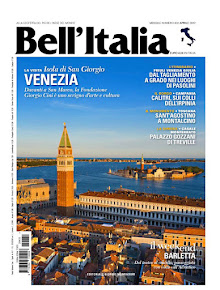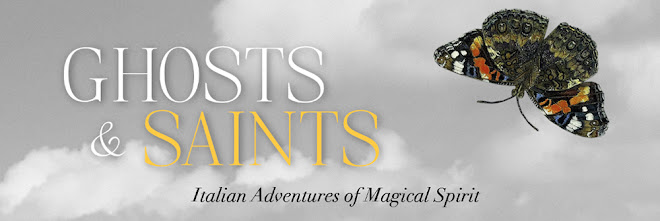The works of Leonardo da Vinci and I are close friends.
Have been since early High School when, as a fine art student in Ms. Carlson's live model drawing classes, I trained it in to the MET along with a few other select students to study the real thing. Down the vaulted tony halls of The Metropolitan Museum we roamed. Until there she was. A study, essentially; The Head of an Italian Girl.
There would be many more. But there for the first time was the perfectly drawn portrait of a young Italian woman - on metalpoint. Curly tresses, demure expression with soulful eyes, even a pronounced overbite - I could relate. I could also dream. I was a good art student. Scholarships, fine drawings, and a Fine Art degree later, Head of an Italian Girl in some form, has been with me ever since.
Since living in Italy Sally Fischer PR in NYC emails from time to time with a chance to cover a place or an event from my POV. This time it was for the publication of an exciting new book.
THE CAPROTTI CAPROTTI: A Study of A Painter Who Never Was, by Maurizio Zecchini - lavishly illustrated, a subject shrouded in mystery, seemed the perfect trifecta; da Vinci, intrigue and craquelure in Renaissance Italy, and the Head of an Italian Girl; though this time it was the head of a boy. Salaì Caprotti.
The paintings presumed provenance immediately captures its new owner, a wealthy Italian supermarket mogul, who discovers upon purchase from Sotheby’s in New York, that he shares the very surname of the presumed author - Salaì Caprotti. The painting is known only as the Head of Christ and Sig.Caprotti’s immediate sense of being seduced and beguiled by this mysterious Renaissance work opens Zecchini’s book.
The Caprotti Caprotti is a portrait by a master, but who?
With gorgeous tresses and an enigmatic gaze, the inscription reads Fe Salaì 1511 Dino - itself an enigma. The sitter we are to assume is Gian Giacomo Caprotti, an early da Vinci assistant, beloved for his sensual beauty, whom da Vinci takes on in his famed studio workshop while still a very young boy, to be groomed as an apprentice, lover? and muse. And whom he eventually nicknames - il diavolo, Salaì.
But was this devilish Salaì also the creator of this master work? Did this capricious young man really have these chops? We read to find out…
Down the hallowed halls of 14th century Italy we roam, led by Maurizio Zecchini and a gathering of experts in the field of Italian Art and History; restorers of masterworks, laying out their use of modern diagnostic technology, uncovering layers of clues, over at least 5 years time, to reveal the nuances in mastery of technique, application of materials in craft and the damages of time - his signature sfumato, his generous use of ground lapis lazuli to add luster and highlights, and his understanding of the inevitable breakdown of the layers over time, known as craquelure - slowly, expertly building the case that it is all of da Vinci.
I asked Nerina Zampaglione of Don Chisciotte vineyards to read along with me. Having studied Art and Art History at the venerable Università degli Studi Napoli Federico II - founded in 1224 - I thought she might know a thing or two about the subject. She enjoyed the book and added without equivocation that Sig. Bernardo Caprotti simply has a great eye.
Written by Maurizio Zecchini, Foreward by Bernardo Caprotti.
Distributed by Rizzoli on West 57th Street.






















